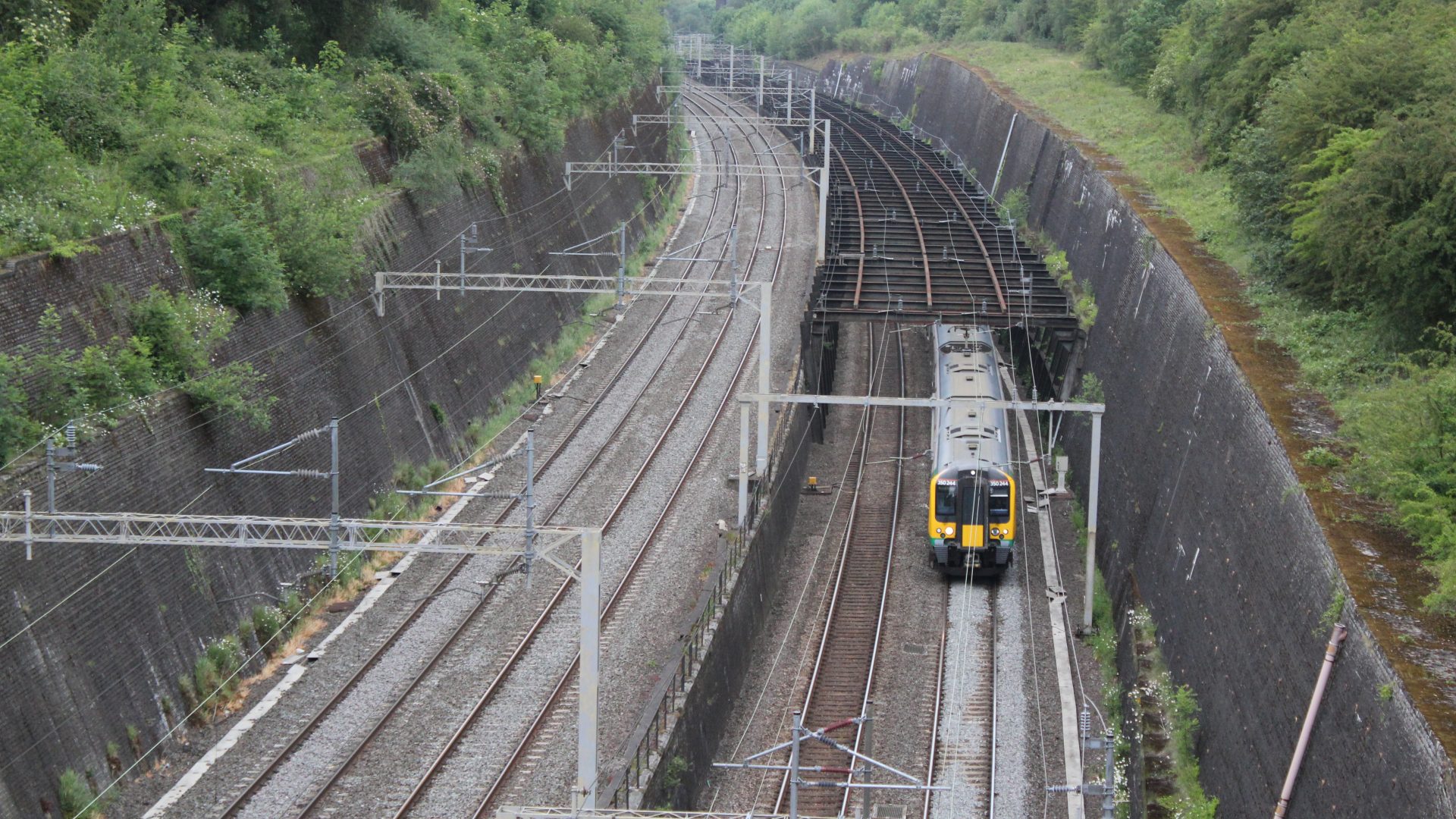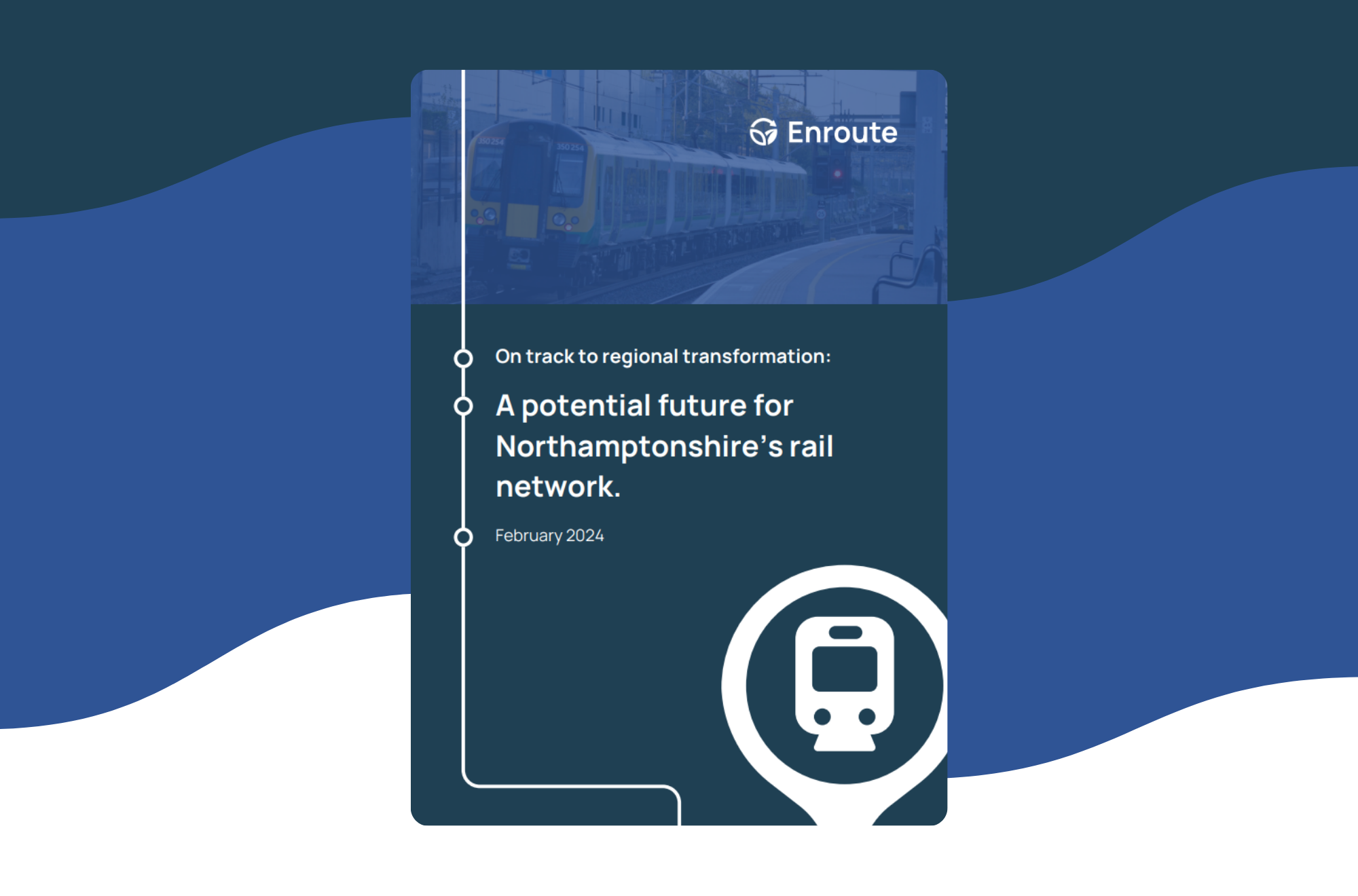In this research, we present a vision for a potential future for Northamptonshire’s rail network, exploring various proposals for new rail routes and enhancements that could transform the county’s connectivity and development.
The research is based on a comprehensive analysis of the current socio-economic situation, transport infrastructure and travel patterns in Northamptonshire, as well as previous studies and concepts by Enroute and other organisations.
Northamptonshire is a county in the East Midlands region of England, comprising two unitary authorities: North Northamptonshire and West Northamptonshire. The county has a population of over 785,000 as of the 2021 Census (ONS, 2021), and is experiencing rapid population and economic growth, driven by factors such as affordability, job opportunities, and quality of life.
However, the county also faces challenges such as transport congestion, environmental impact, and uneven development.
The county’s rail network is currently limited and fragmented, with no direct rail links between the two unitary authorities, and poor connections to major nearby cities such as Birmingham, Leicester, and Milton Keynes.
The rail network also does not serve some of the county’s key destinations, such as Silverstone, Daventry, and Rushden, leaving them reliant on car travel. Furthermore, the rail network does not fully exploit the potential of leisure and tourism in the county, which boasts attractions such as stately homes, countryside retreats, and historical sites.
This research aims to address these challenges and opportunities by proposing a range of rail schemes that could enhance the county’s rail connectivity, both internally and externally, and support its long-term strategic vision.
We evaluate the feasibility, benefits, and challenges of each proposal, and provides recommendations for further development and implementation. We also consider the wider regional context and the implications of major rail projects such as High Speed Two and East West Rail.
Read some of our other research




